
Knowledge: Leather variation
Leather variation:Relationship between women's shoes and leather
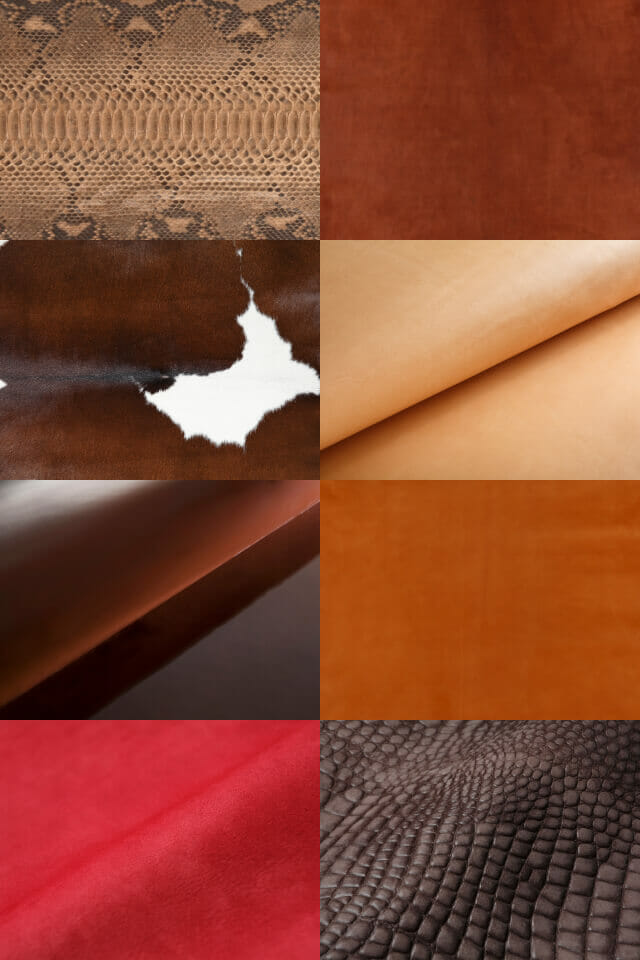
From "Japanese Leather No. 2" published in 2009
No matter how much science develops, there is nothing better than leather as a material for shoes. Breathable, foot-friendly, and durable properties make it the most suitable for shoes. It started as a by-product of carnivorous culture, and we should pay great respect to the wisdom of our ancestors who tried to fully utilize the blessings of heaven that are these animals.
Rawhide will rot if left unprocessed. Tanning was invented to prevent this. It is the first chemical change discovered by humans, and its history is said to date back over 10,000 years.
Through trial and error, such as smoking, chewing, rubbing animal brains and fats, and soaking in the juice of plants, two tanning methods have been established: vegetable based tanning and chrome tanning using compounds.
With modern equipment, there are now a variety of leathers. However, unfortunately, men's shoes are a little mundane because the color is usually black brown and the types are only leather or suede. Women's shoes are overwhelmingly superior in terms of the abundance and gorgeousness of their variations. Let me introduce the typical leather used for the upper.
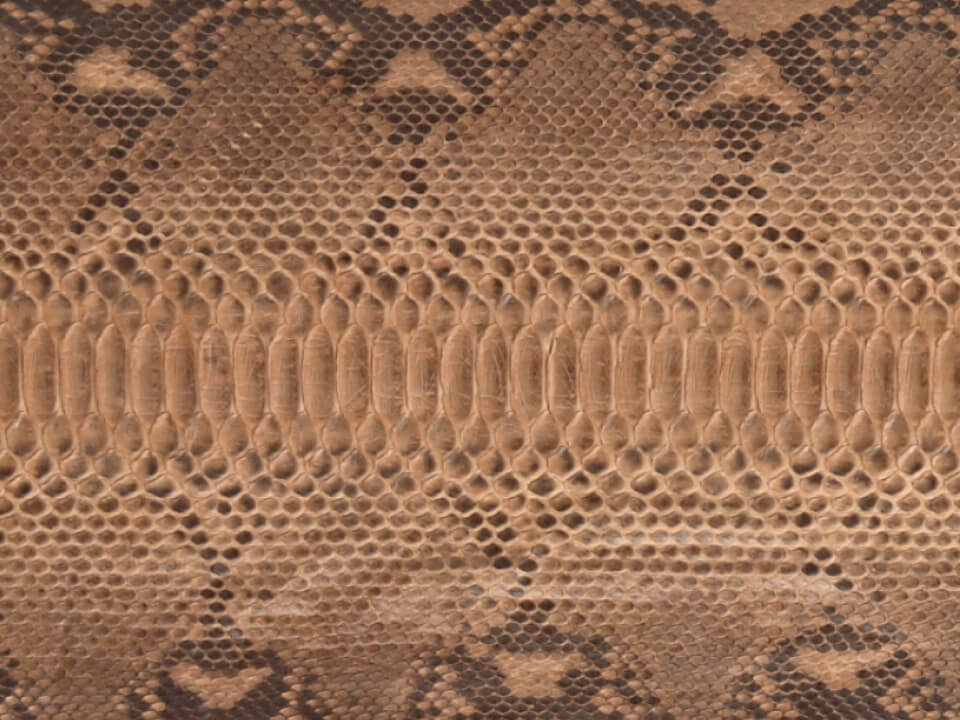
Python
Snake leather. There are other reptile leathers such as crocodiles, lizards and turtles, but the most popular leather is python. It features beautiful spots. In addition to pythons, sea snakes and water snakes are used.
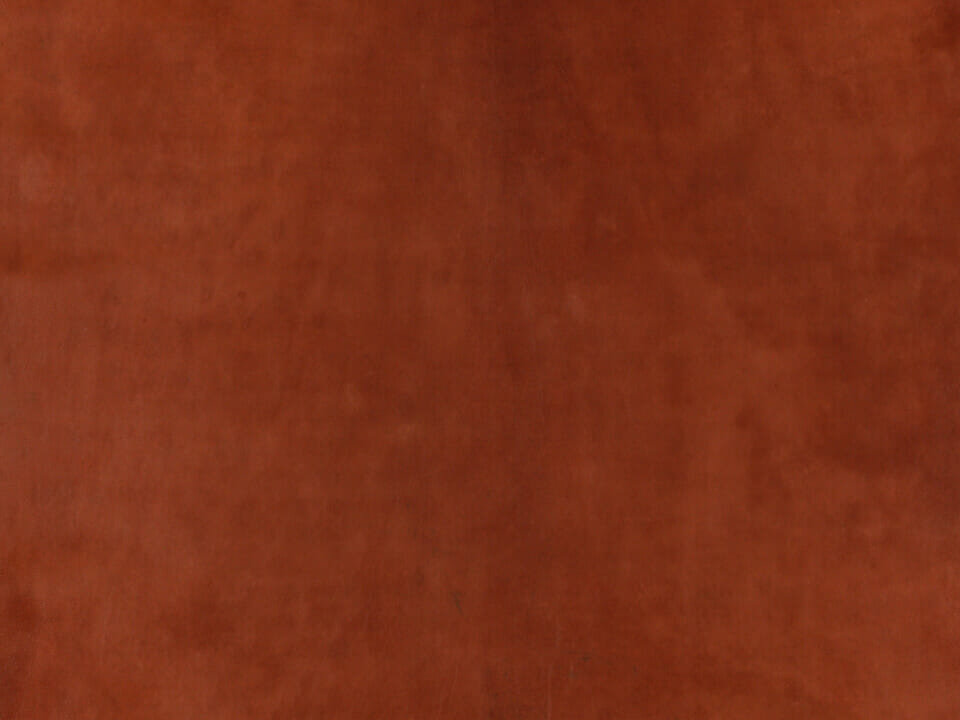
Goatskin
Goat leather. It has a supple texture and is often used in women's shoes. It is stronger and more durable than sheepskin, which is generally used for clothing. The leather of a baby goat is called a kid to distinguish it.

Harako
Called harako in Japanese (hara=belly, ko=child). As the name implies, it is the leather of an unborn calf. There are many finishes that make the best use of the original coat. It is a very valuable leather because it is limited to special cases such as stillbirth.
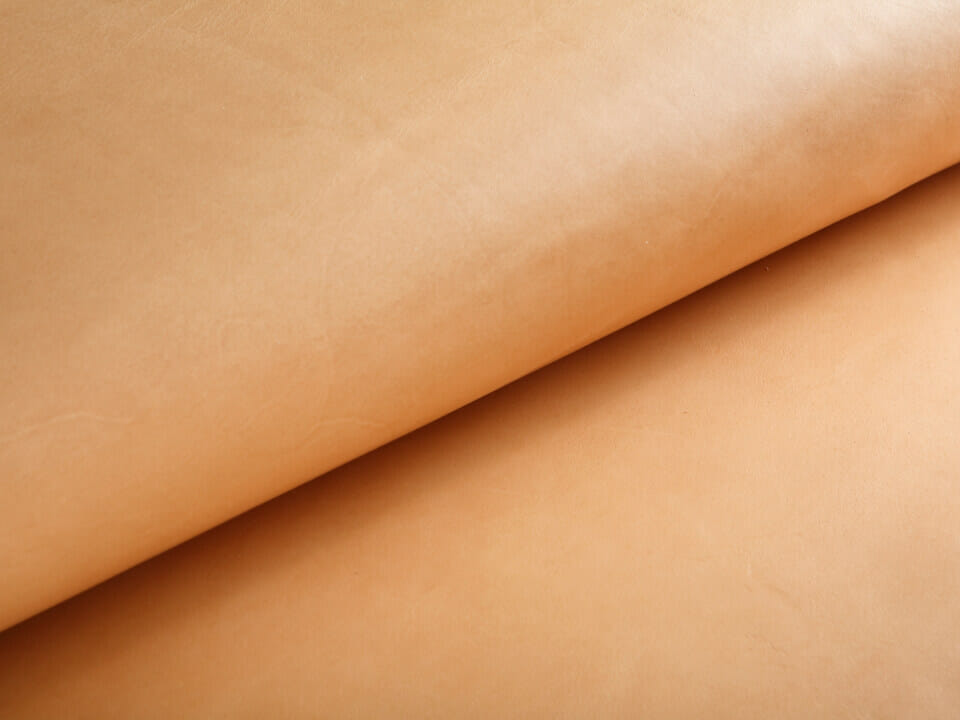
Vegetable tanned leather
Generally, chrome-tanned leather is used for the upper, but this one is tanned with tannins. The original texture of leather is kept. The technique has been gaining attention due to environmental issues.
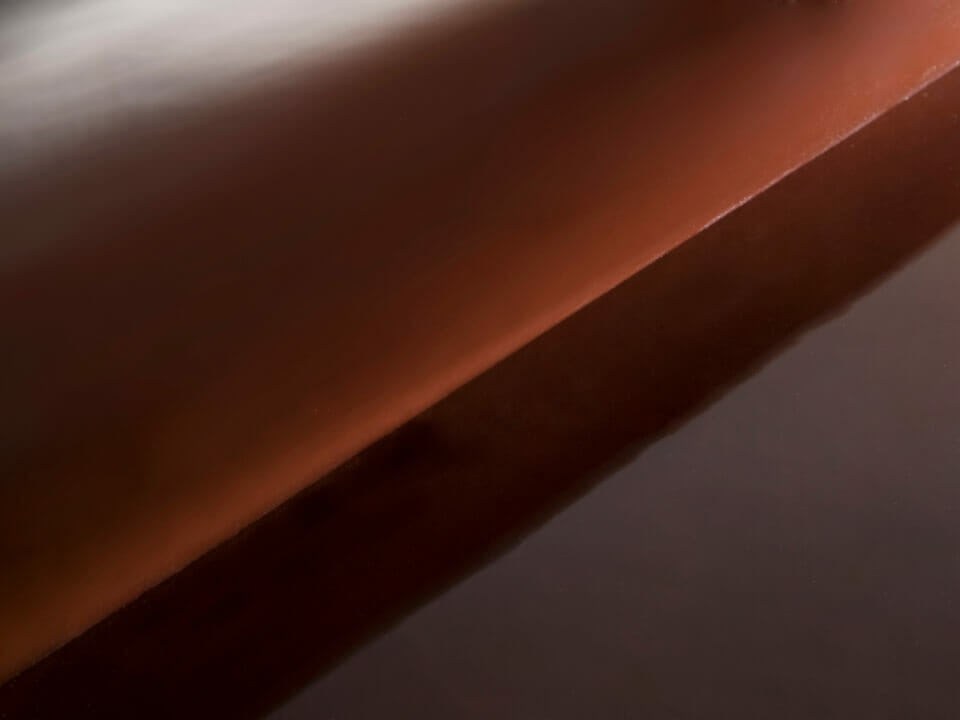
Enamel
Leather which surface is covered with urethane resin. It features a glossy feel not found in natural leather, making it an indispensable material for elegant expression. It is resistant to rain and is recommended for everyday use.
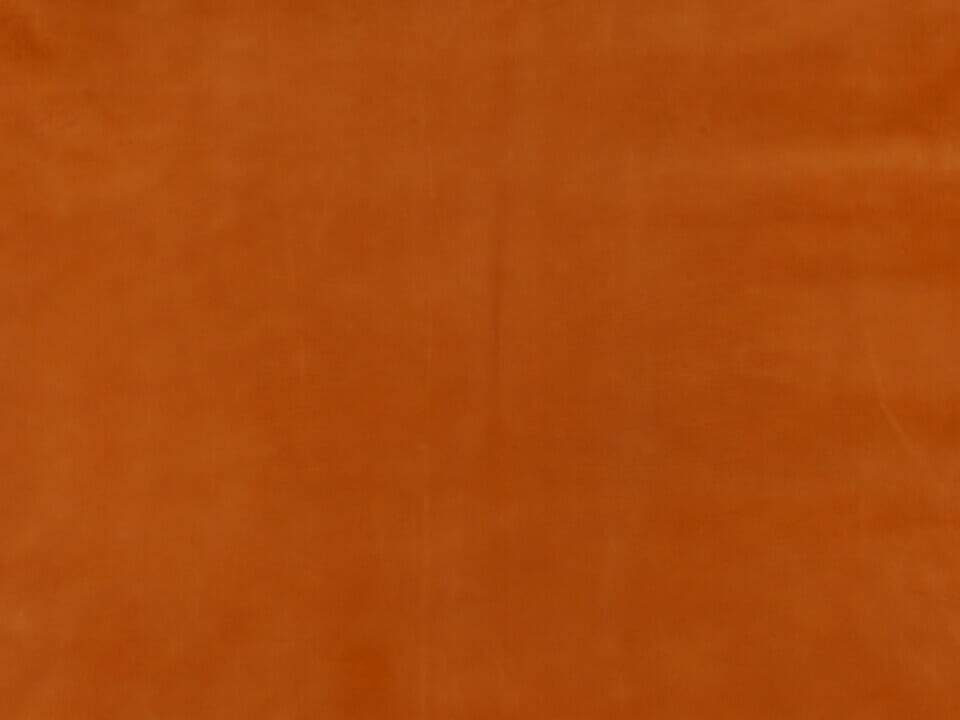
Calf
The leather of a cow that is 3 to 6 months old. It is the highest quality leather with fine texture and high flexibility. Because it is thin and delicate, it is rarely used in men's shoes. Following this is a kip, which is a cow up to 2 years old.
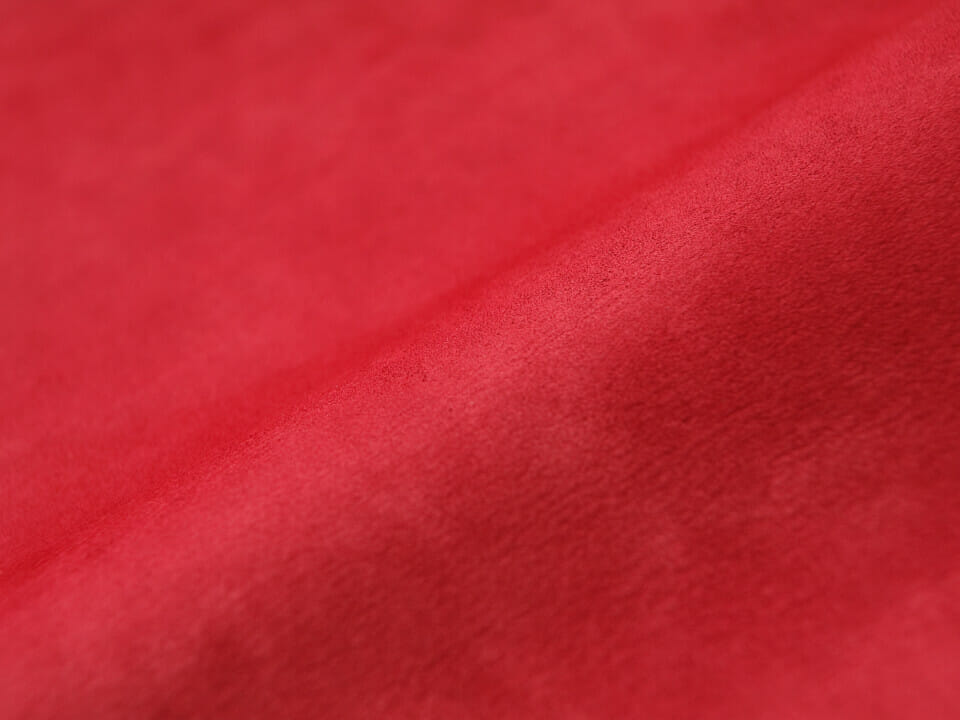
Nubuck
Leather that has been brushed by buffing the grain surface, which is the surface of the leather after hair removal. There are other types of brushed leather, suede and velour, but nubuck is the most delicate and is often used for women's shoes.
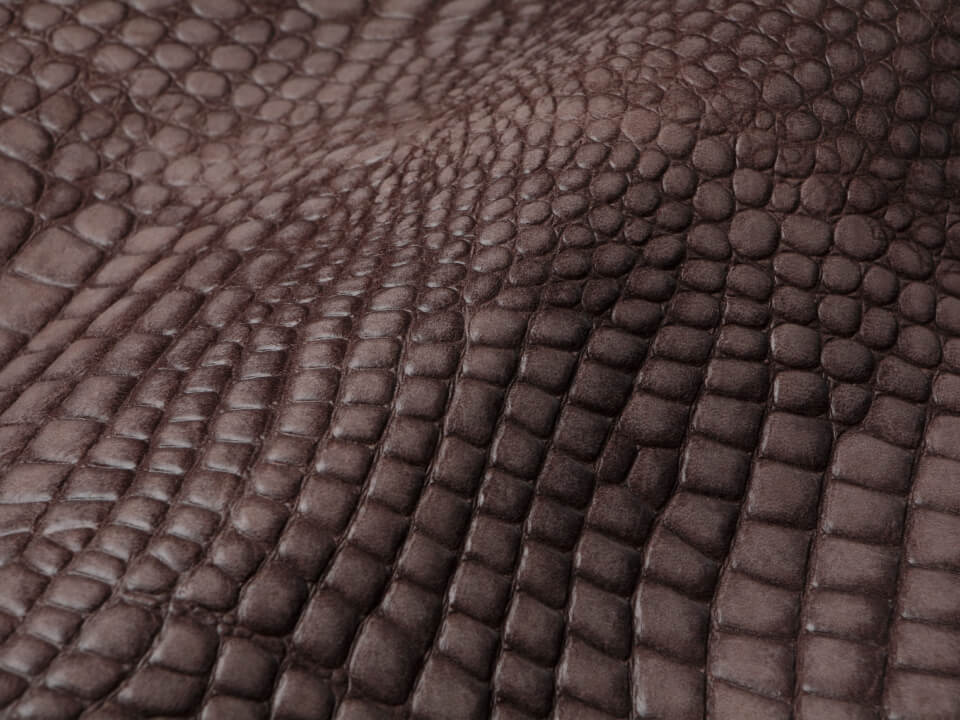
Embossed leather
Leather with artificial irregularities on the surface by press processing. Rare reptile leather is often used as a motif. Recently, the technology has improved, and the number of delicate types that cannot be recognized as embossed at a glance is increasing.